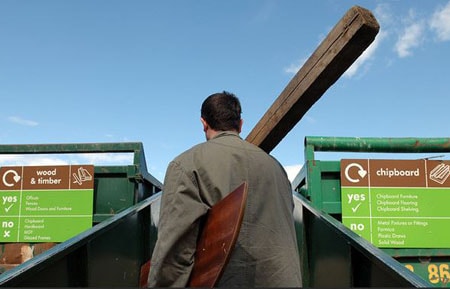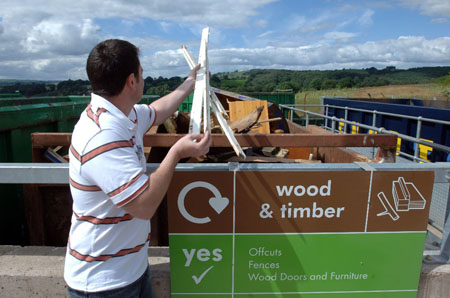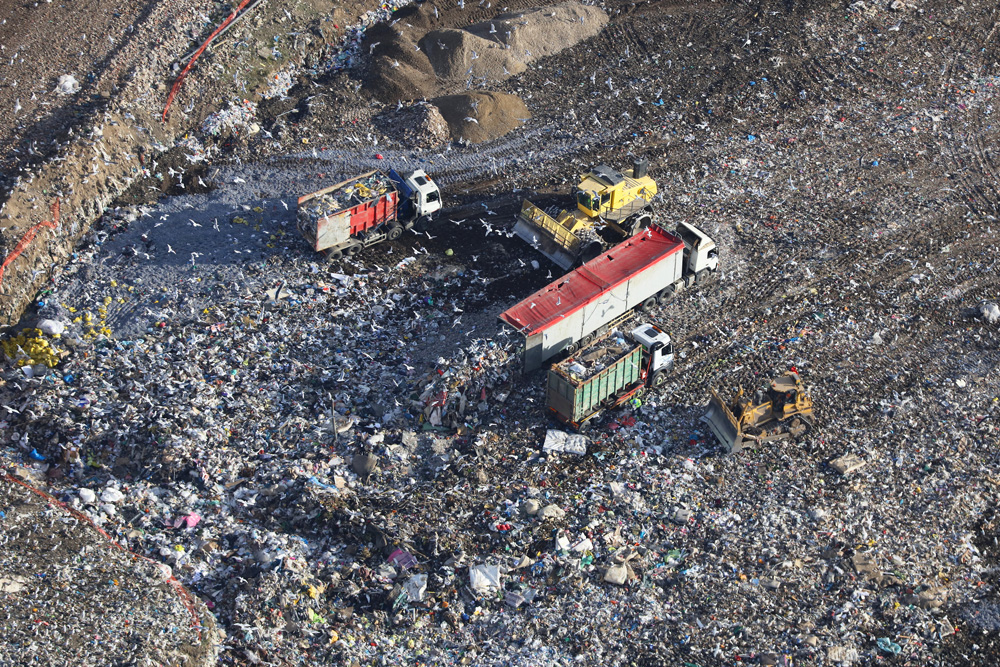At present waste wood is classified under one of four categories A, B, C or D – with A grade material corresponding to ‘clean recycled wood’, such as untreated clean white pallets or timber packaging.

The lower grade material, notably D grade – which might include railway sleepers or telegraph poles – is subject to more stringent regulatory requirements, as the sleepers or poles are considered hazardous due to the presence of substances including copper, chrome or arsenic from coatings and treatment.
According to the WRA, work is being undertaken to assess the definition of hazardous material, after reports that lower grade material may have been used as a fuel “in non-WID compliant biomass boilers”, an issue the Association has been highlighting to its members.
WRA
Also, WRA claims that new guidance coming into force within the next 12 months will require mixed waste wood streams to be fully assessed at the “front end” – prior to processing, to determine if they contain potentially hazardous material.
It is thought that this could have a significant impact on the waste wood processing sector as well as potentially on operations at local authority civic amenity sites. At an extreme, it could mean that the public or commercial waste businesses might have to put their wood into different skips, such as a separate one for wood that might be contaminated and therefore hazardous.
Latest ‘WM3’ guidance, published in 2015, states that mixed loads of wood may need to be classified as hazardous if an operator cannot demonstrate that they are assessing, classifying and segregating the material to ensure that it goes for appropriate end uses.

The WRA has now formed a group of industry representatives to work alongside the Agency to better define what hazardous waste wood is, identify best practice for ‘front-end’ assessment by wood recyclers and to develop a Code of Practice for the sector.
Hazardous
Scientific discussions are expected to take place over the actual nature of the wood and hazardous materials with regard to thresholds and impacts.
Commenting on the work Andy Hill, chair of the WRA, said: “It is positive that, following our work with the EA on the issue of fire prevention plans (FPP), they have come to us to proactively discuss this issue and seek advice and opinions from the wood recyclers. No-one should be under any illusion of the potentially significant adverse impact if we don’t collectively find a workable solution to this.
“We are in the very early stages of this project but we are hopeful that we will be able to find an outcome that will satisfy both the Environment Agency and the industry as a whole. Most treatments used on wood today will not be hazardous, whilst others will only be hazardous at certain concentrations, so we feel confident we will be able to ensure the WRA leads the way with a set of appropriate standards for defining hazardous wood.”











Subscribe for free